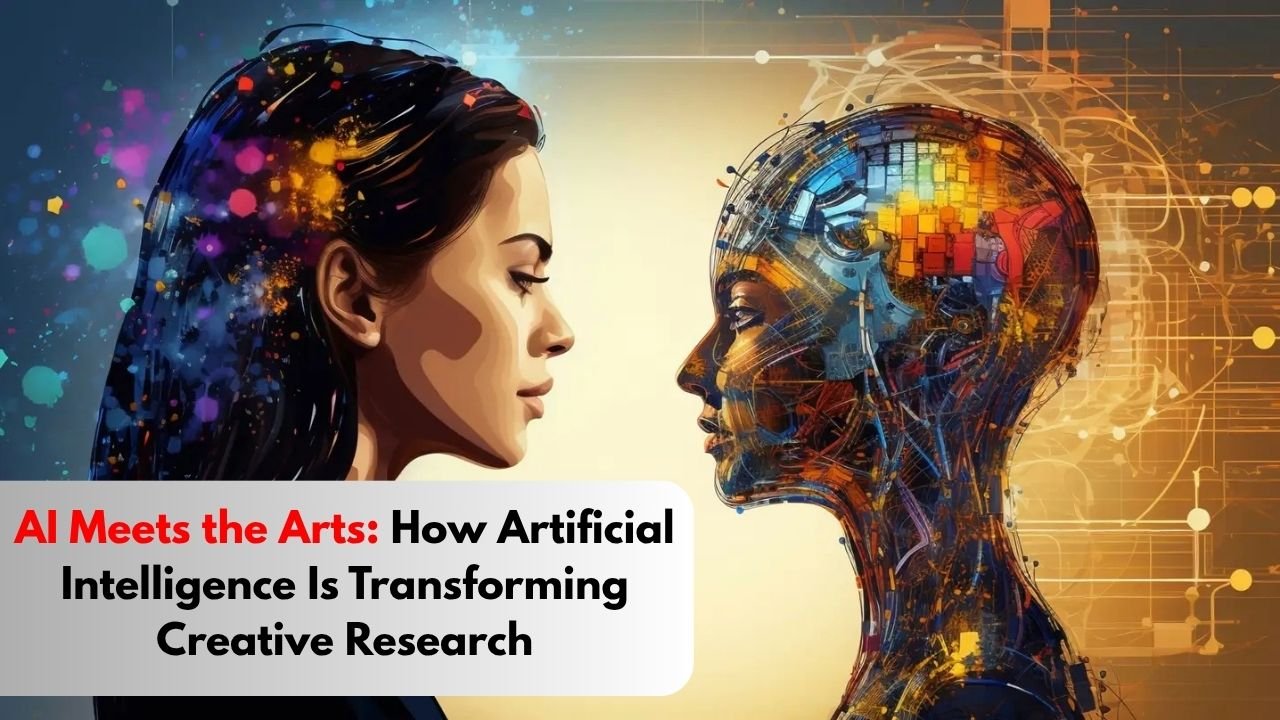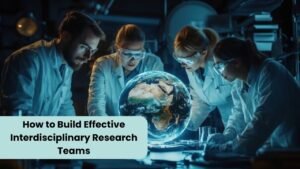Artificial Intelligence (AI) is now not constrained to the geographical regions of data analytics, robotics, or computerized structures—it has made a fantastic entry into the arena of arts and creative research. From composing song to producing visual masterpieces, AI is revolutionizing how artists, researchers, and innovative thinkers technique their work. This fusion of era and creativity is beginning new doorways for innovation, collaboration, and creative expression.
The Intersection of AI and Artistic Expression
Traditionally, art has been taken into consideration an inherently human enterprise, deeply tied to emotions, instinct, and cultural information. However, AI challenges this perception by bringing computational creativity into the photograph. Today, algorithms can examine widespread quantities of creative statistics—be it literature, paintings, music, or movies—and produce original works inspired via those inputs.
AI-powered tools including DALL·E, MidJourney, and Runway permit visible artists to generate concept artwork within seconds, whilst music composers leverage structures like AIVA or Amper Music to create symphonies in precise moods or patterns. Writers also are benefiting from AI-assisted storytelling systems that assist craft compelling narratives.
How AI is Changing Creative Research
Creative research regularly includes reading trends, cultural shifts, ancient art moves, and target audience engagement. AI streamlines this process by:
- Data-Driven Insights – AI can analyze heaps of artistic endeavors, performances, or literary pieces to pick out stylistic styles and target market alternatives.
- Predictive Creativity – By getting to know from present traits, AI can predict rising patterns or genres, giving creators a head start in adapting to cultural changes.
- Enhanced Collaboration – Artists can co-create with AI, mixing human instinct with computational precision for particular effects.
- Preservation and Restoration – AI assists in restoring damaged works of art, colorizing antique pics, and archiving cultural historical past.
- Accessibility and Inclusivity – AI equipment make innovative production more accessible to people with out traditional inventive schooling.

Real-World Examples of AI inside the Arts
- Music: AI-driven composition software has helped produce movie ratings, heritage tracks, and even complete albums.
- Visual Arts: GANs (Generative Adversarial Networks) create surreal, thought-provoking paintings that have been showcased in galleries worldwide.
- Literature: AI fashions help authors in overcoming author’s block, suggesting plot twists, and refining individual improvement.
- Film and Animation: AI accelerates scene rendering, script evaluation, and even deepfake-based visual results for storytelling.
- Dance and Performance: Motion seize mixed with AI generates choreography, allowing dancers to explore new movements.
Ethical and Philosophical Questions
While AI gives unparalleled innovative possibilities, it also increases questions:
- Authenticity – Who is the genuine writer—the human or the AI?
- Copyright – How must highbrow property laws adapt to AI-generated content?
- Cultural Sensitivity – Can AI simply recognize cultural nuances, or will it hazard homogenizing creative outputs?
- Job Displacement – Will AI replace sure artistic roles, or honestly transform them?
Addressing these questions calls for ongoing speak between technologists, artists, policymakers, and the general public.
The Future of AI in Creative Research
As AI evolves, it’s going to probable turn out to be an critical accomplice in artistic introduction. The most thrilling possibilities lie in human-AI collaboration, wherein generation enhances as opposed to replaces human creativity. Imagine an AI that is aware your specific style and offers recommendations, acts as a research assistant, or experiments with artistic forms beyond human barriers.
Moreover, AI’s potential to democratize creativity way greater voices and views can make a contribution to the global artistic communication. Whether in a excessive-tech lab or a small artist’s studio, AI can provide the gear and insights had to push creative limitations.
Conclusion
The marriage of AI and the arts represents a profound shift in how we conceive, produce, and revel in creativity. By bridging computational strength with human creativeness, AI is transforming creative studies into a collaborative and exploratory manner. While challenges stay, the opportunities are full-size—and the destiny of art will in all likelihood be one in which human emotion and system intelligence dance collectively in harmony.

